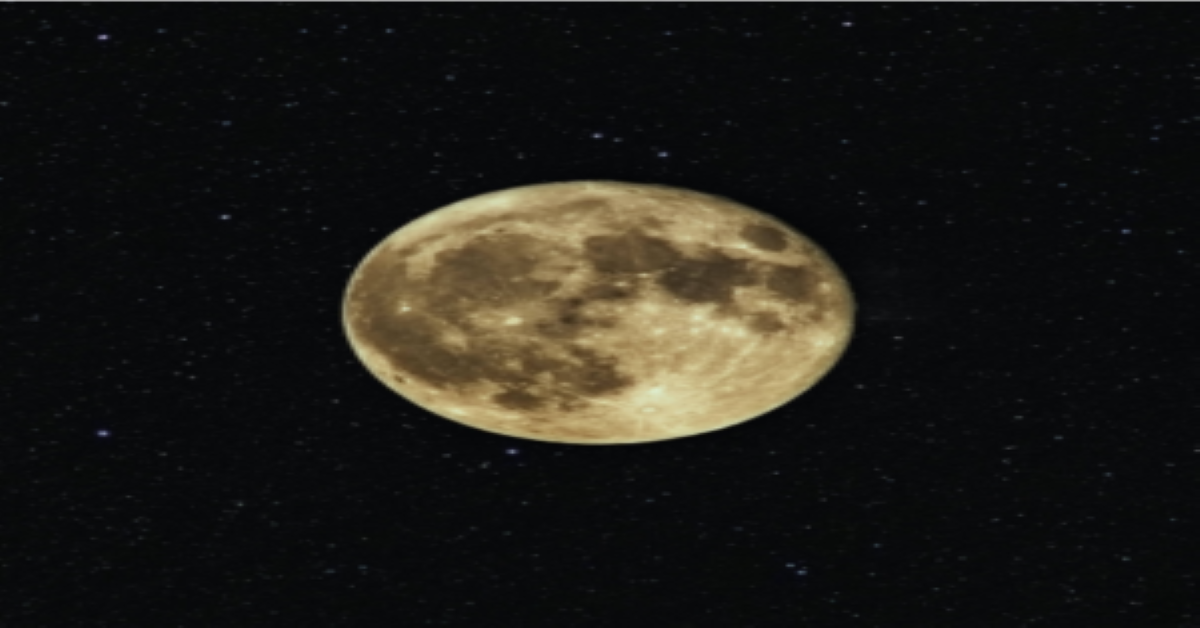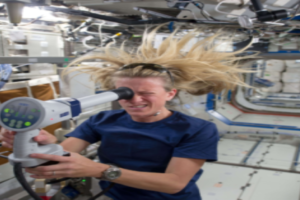
Discovering rust on the moon – Earth may be the cause
It is very strange to say that the moon is rusting because of the Earth’s atmosphere.
But wait, there is no oxygen on the moon, or water, the two elements that are most prone to rust.
However, scientists have found evidence. It’s there.
In an Indian moon probe in 2008, Chandrayaan-1 was said to rotate the moon. As a result, a number of discoveries have been made, including the presence of water molecules on the moon’s surface. The probe also carried equipment made by NASA to analyze the composition of other minerals present on the moon.
Outstanding Tasks:
Researchers at the Hawaii Institute of Geophysics and Planetary Sciences and NASA were stunned after analyzing data collected from the moon.
The moon was found to contain hematite, an iron oxide known as rust. The Moon contains a great deal of iron-rich rock, but rust only forms when exposed to water or oxygen.
“At first, I didn’t believe it at all. Based on the conditions on the moon, it shouldn’t exist,” ABIGAIL FRAEMAN, a scientist at NASA’s Jet Propulsion Laboratory, said in a news release.
Not only is the moon devoid of air, but it is filled with hydrogen that can only come through the sun. Ideally, rust forms when oxygen removes electrons from iron, while hydrogen does the opposite – it adds electrons. Rust simply cannot form on a hydrogen-rich environment (ie the Moon).
“It’s very confusing,” said Li Shuai, head of hematite research at the University of Hawaii. “The moon is a terrible environment for a hematite to form.”
Revelation:
President Li finally cracked.
The answer lies in our own planet.
Here is the theory:
The rust is more concentrated on the moon’s side facing the Earth’s surface. Since the Earth has always been the benefactor of the magnetic field, the solar wind is said to help extend the bubble, forming a long magnetotail further.
To be precise, the moon will enter this tail in three days, when the moon is at its fullest. The process takes about six days, from the time it goes in and out of the tail.
During these six days, the Earth’s magnetotail will cover the moon’s surface with electrons. Strange things can happen at this time. NASA predicts that you might find moon dust flying into dust storms, or dust particles from the moon’s surface may float away from the earth.
According to this theory, a moon hematite may also have formed by the oxidation of the moon’s surface iron from the Earth’s upper atmosphere. This can be blown continuously toward the moon’s surface by the solar wind. This probably happened a billion years ago when the moon was in the magnetotail of the Earth, Li said.
Tag:Discovering, moon, moon - Earth



